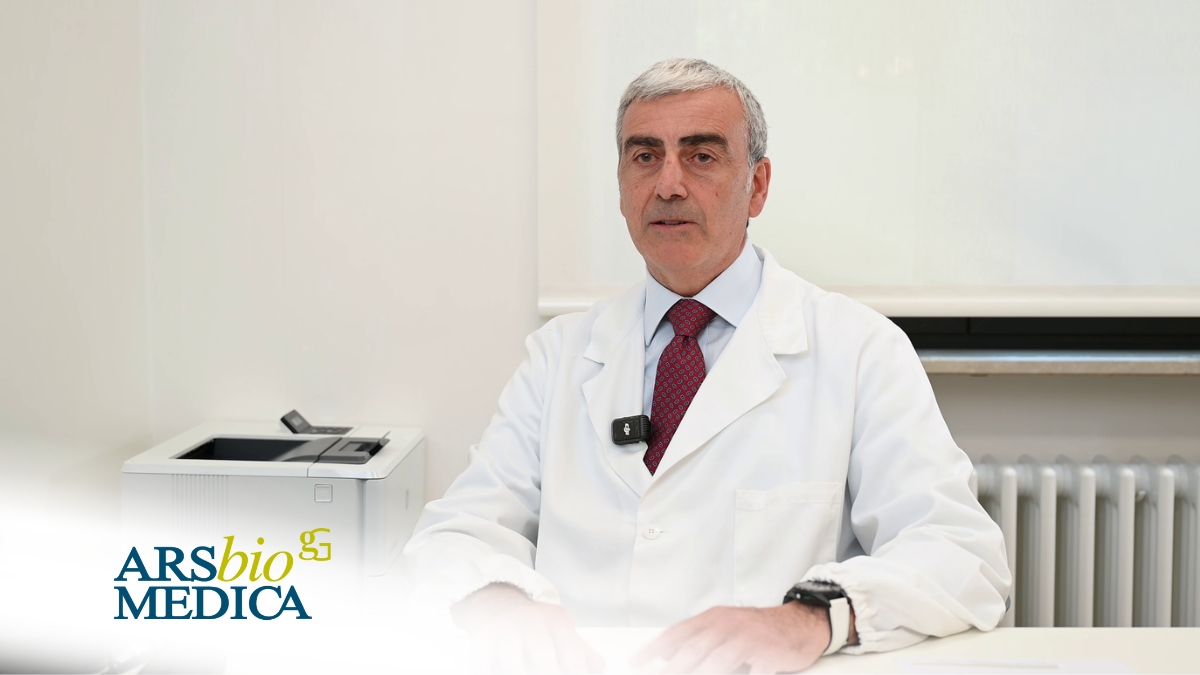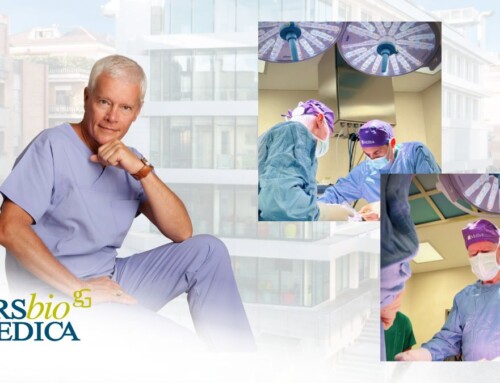
Articolo del 04/11/2024
When we think of prevention, cancer screening is often top of mind. But in urology, prevention also includes a focus on fertility. While infertility was once considered predominantly a female issue, we now know that this is not always the case.
When should urological prevention begin, and how often should men be screened? We discussed these questions with Dr. Francesco Barrese, urologist and andrologist at Arsbiomedica.
Today, we know that in approximately 50% of infertility cases, the cause is male-related. It’s therefore essential to investigate possible male-specific health issues, including conditions emerging in adolescence that may later impact fertility.
Preventive care is vital because it allows for early diagnosis of conditions. Take, for instance, varicocele—a condition often only identified in its advanced stages, when it has already affected fertility. At that point, even corrective measures may not fully restore fertility, whereas early detection and treatment during adolescence can yield much better outcomes.
So, when should men start urological exams? Once they’ve transitioned out of pediatric care, typically around age 15, men should make regular urological exams a lifelong priority.
Why is prevention crucial?
For instance, testicular cancer is the most common cancer in young men, primarily affecting those between ages 15 and 40. Early diagnosis is essential, and young men should be educated on self-examination techniques. Early-stage tumors can often only be detected through self-palpation. Recognizing a small mass early can make the difference between a simple surgical procedure and more extensive treatment, allowing the issue to be resolved definitively.
The same is true for the prostate. From age 50 onwards, regular prostate exams and PSA screenings are essential components of male health monitoring. Periodic check-ups and PSA level assessments are critical in early detection and effective management.
What is PSA?
PSA, or Prostate-Specific Antigen, is a glycoprotein that should not be strictly considered a tumor marker but rather an indicator of prostate health. PSA’s role is to liquefy the seminal coagulum, and its levels may rise in any condition affecting the prostate, such as benign prostatic hyperplasia (BPH), prostatitis, or prostate cancer. PSA management is not something patients should self-regulate, as interpreting PSA levels can be nuanced and complex.
For example, while a PSA level within the normal range is often reassuring, focusing solely on this can be misleading. It’s essential to evaluate PSA based on its annual increase, as a rise of 0.75 nanograms per year can be a red flag for potential prostate cancer. Additionally, PSA should be considered relative to prostate size—a high PSA level in a smaller prostate may indicate a higher risk of malignancy.
Integrating PSA levels with a urological exam, including a digital rectal exam (DRE), is crucial for an accurate assessment.
Why are men often hesitant to undergo a urological exam?
For many men, a urological exam, especially the DRE, has long carried cultural or psychological discomfort, as the procedure may be perceived as invasive. However, this outlook is shifting. In my experience, younger men are increasingly open to preventive care, understanding that early detection not only improves quality of life but also life expectancy by catching issues early. Establishing a comfortable, empathetic environment during initial consultations is essential. This approach helps the patient relax, reduces discomfort, and mitigates fear that may otherwise deter them from future exams.
Why choose Arsbiomedica for these exams?
I’ve been working with Ars Biomedica for several years, where I consult and treat my patients. We utilize advanced diagnostic tools, such as state-of-the-art CT and MRI imaging, allowing for very early diagnosis. Additionally, we perform specialized procedures using robotic technology, enabling us to offer highly skilled interventions. This cutting-edge approach ensures a high standard of care and gives us, as physicians, the best possible resources to address and resolve the majority of our patients’ concerns.






